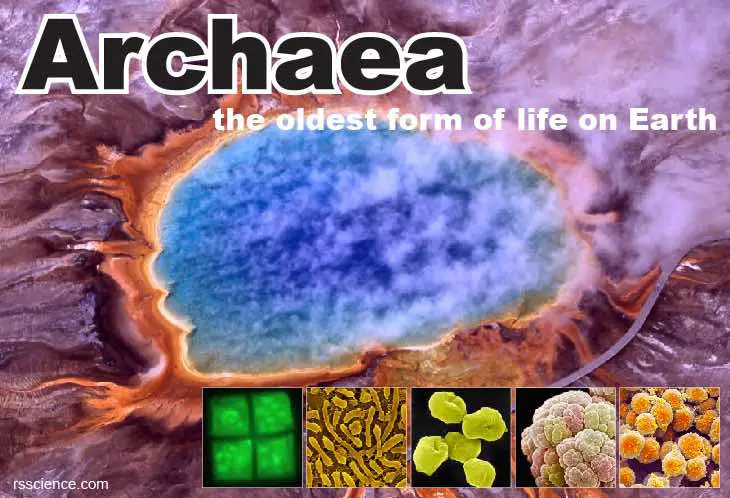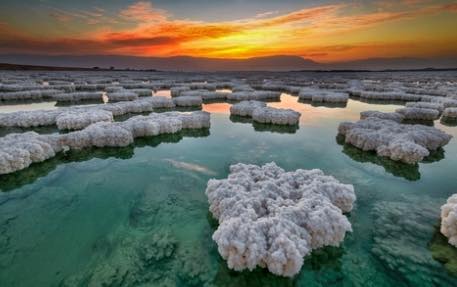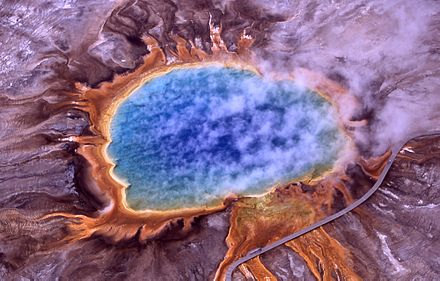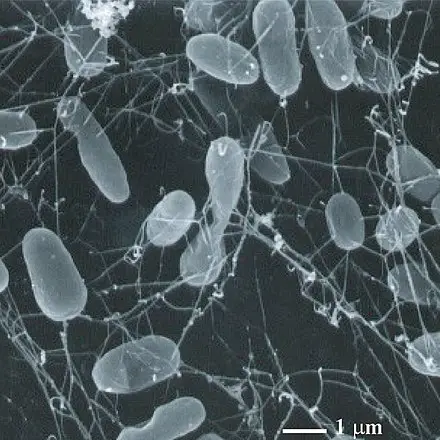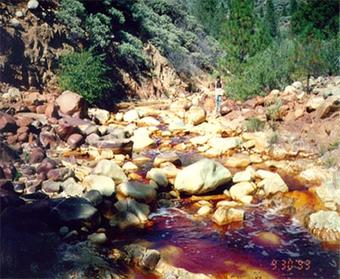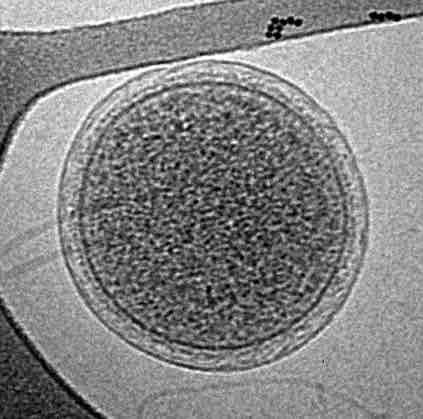This article covers
What are archaea? A quick overview
Both archaea and bacteria are microscopic organisms whose single cells do not have a membrane-bounded nucleus nor other membrane-bounded organelles such as mitochondria and chloroplasts. By definition, they are “Prokaryotes”.
We didn’t know the existence of Archaea until quite recently. When these microbes were first discovered in 1977, they were considered bacteria and received the name “archaebacteria” (meaning ancient bacteria). However, scientists noticed that they have distinct molecular characteristics separating them from true bacteria.
These microbes love to live in extreme environments and obtain energy in unique ways. It became apparent that archaea didn’t belong to bacteria after their ribosomal RNA was sequenced. Genetic evidence showed that Archaea are not closely related to the bacteria but are instead more closely related to the eukaryotes. For this reason, scientists assigned them a new domain – “Archaea”. The old name, archaebacteria, has fallen out of use.
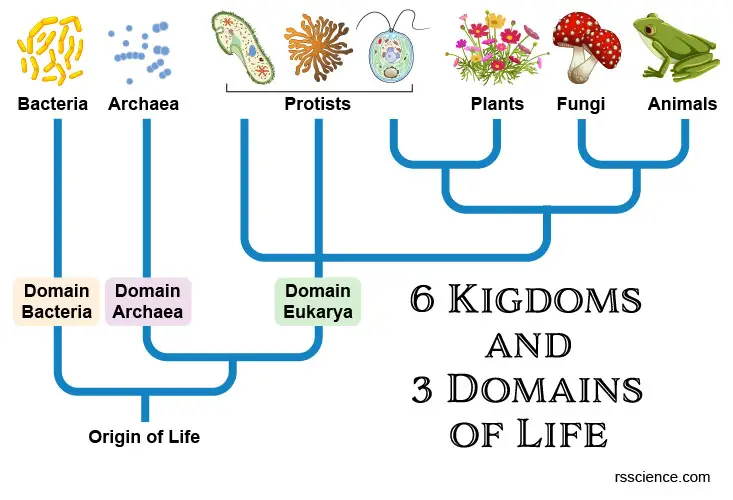
[In this image] The three-domain system is a biological classification introduced by Carl Woese in 1990 that divides life forms into Archaea, Bacteria, and Eukarya domains.
Archaea is derived from the Greek word “archaios”, meaning “ancient” or “primitive”. As suggested by this name, Archaea are a much different and simpler form of life. They are thought to be the oldest form of life on Earth.
The way they live is ideal to the environment of early Earth history – they require neither sunlight for photosynthesis as do plants, nor oxygen as do animals. Archaea absorbs CO2, N2, or H2S and gives off methane gas as a waste product the same way humans breathe in oxygen and breathe out carbon dioxide. You can find them in all kinds of extreme conditions where no other life exists. Archaea are truly the most mysterious life form known so far.
What are the differences between archaea and bacteria?
Archaea and bacteria are generally similar in size (1-1.5 µm) and shape (sphere, rod, or spiral). However, archaea possess genes and several metabolic pathways that are very different from those in bacteria.
Archaeal biochemistry is unique. The components of their cell membranes and cell walls are different from bacteria. Archaea use more diverse energy sources, ranging from organic compounds such as sugars to ammonia, metal ions, or even hydrogen gas. Both archaea and bacteria reproduce by binary fission. But no known species of archaea form endospores.
In certain aspects, archaea are closer to eukaryote than bacteria. For example, the archaeal RNA polymerase is very close to its equivalent in eukaryotes. RNA polymerase is the enzyme that transcribes the sequence of genes from DNA to mRNA. This evidence suggests archaea could be the intermediates evolutionally between early life forms and eukaryotic cells.
Where do archaea live?
Archaea were first found in environmental conditions considered too extreme for all known life to survive. Some archaea survive high temperatures, often above 100 °C (212 °F), as found in geysers, hydrothermal vents, and oil wells. Others live in icy habitats and highly saline, acidic, or alkaline water. Those that do so are called extremophiles. This name came from Latin “extremus” meaning “extreme” and Greek philiā meaning “love”. Depending on what they “love”, extremophiles could be halophiles (high salinity), thermophiles (high temperature), alkaliphiles (highly alkaline), and acidophiles (highly acidic).
[In this image] Archaea can be found in these beautiful but deadly environments.
(Upper left) Halobacterium spp., which is halophiles, was found in Lake Hillier in Australia. (Upper right) Other halophiles were found in the Dead Sea. (Lower) Grand Prismatic Spring of Yellowstone National Park could host thermophiles like Sulfolobus spp.
Photo source: Royal Society of Biology, Five kingdoms
[In this image] (Left) SEM image of Pyrolobus fumarii. Pyrolobus fumarii is a species of archaea known for its ability to live at extremely high temperatures that kill most organisms. It was first discovered in 1997 in a black smoker hydrothermal vent (Right image) at the Mid-Atlantic Ridge.
Image source: wiki
[In this image] (Left) A group of archaea (Archaeal Richmond Mine acidophilic nanoorganisms or ARMAN) was recently discovered in a mine drainage where is very acidic (pH < 1.5) and full of metal ions. (Right) Cryo-TEM image of an ARMAN cell (size ~ 400 nm). It could be the smallest known organism.
Image source: USGS, wiki
To be noticed, not all archaea are extremophiles. Archaea are now found everywhere, including in soils, swamps, sewage, and the oceans. These species that live in mild conditions are called mesophiles (love moderate temperature). They also live on our skin and in our mouths and guts.
What do archaea look like?
Archaea can be spherical, rod, spiral, lobed, rectangular, or irregular in shape. Some exist as single cells; others form filaments or clusters. An unusual flat, square-shaped species that live in salty pools have also been discovered.
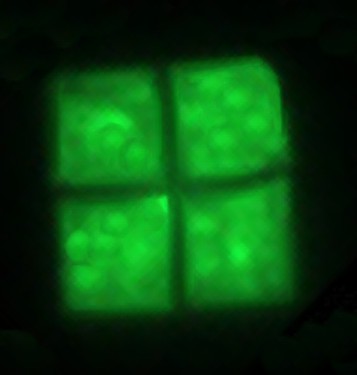
[In this image] Haloquadratum walsbyi is a species of archaea that was discovered in a salty pool in Egypt. It is noted for both its flat, square-shaped cells, and its unusual ability to survive in an environment with very high salinity (as Halophiles).
Image source: wiki
Classification of archaea
Like bacteria, archaea are classified by their ribosomal RNA sequences. Most of the well-studied species of archaea are members of two main phyla – the Euryarchaeota and Crenarchaeota. Several additional phyla have been proposed (i.e., Nanoarchaeota, Korarchaeota, Aigarchaeota, Lokiarchaeota), but have yet to be officially recognized, largely due to the fact that the evidence comes from environmental sequences only.
[In this video] Classification of archaea
Euryarchaeota includes methanogens, which produce methane and are often found in intestines, halobacteria, which survive extreme concentrations of salt, and some extremely thermophilic aerobes and anaerobes, which generally live at high temperatures.
Crenarchaeota includes thermophiles like Sulfolobus which grow in geothermally heated sulfuric springs (75-80°C and pH 2-3). Crenarchaeota species are also abundant in the ocean.
Cell structure of archaea
Archaea and bacteria generally have similar cell structures, but their chemical composition and organization set the archaea apart. Like bacteria, archaeal cells lack a membrane-bound nucleus and organelles.
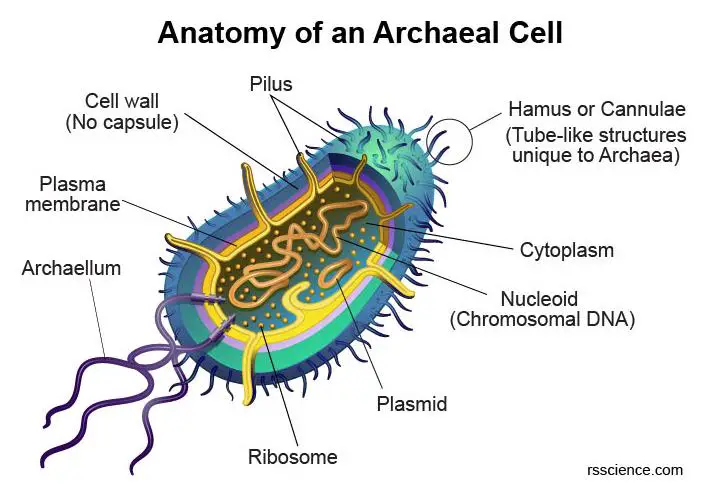
[In this image] Diagram of an archaeal cell.
Below is a breakdown of what you might find in an archaeal cell.
| Cell Structure | Functions |
| Nucleoid | A central region of the cell contains its DNA. |
| Plasmid | A small circular piece of DNA that is physically separated from chromosomal DNA. |
| Cytoplasm | Cellular fluid hosting all other cellular structures. |
| Cell membrane | Also known as the plasma membrane, that separates the cell from the outside environment. |
| Cell wall | Provides structure and protection from the outside environment. |
| Ribosome | The site for protein synthesis. |
| Pilus | Hair-like structures for cell attachment |
| Archaellum | Tail-like structures that assist in the movement. Similar to the bacterial flagellum |
| Cannulae* | Hollow tube-like structures connect cells after division and form a web to keep cells together |
| Hamus* | Long tube with hooks at the end. Allow cells to attach. |
(*) means this structure is unique to archaea.
Cell wall
Structurally, archaea are more similar to Gram-positive bacteria, which have a single cell wall outside the plasma membrane. Unlike bacteria, archaea lack peptidoglycan in their cell walls. In most archaea, the wall is assembled from surface-layer proteins, called S-layer. This layer protects archaea cells. Archaea don’t have the capsule.
Cell membrane
Archaeal plasma membranes are made of molecules that are distinctly different from those in all other life forms.
In all organisms, cell membranes are made of molecules known as phospholipids, which have a phosphate “head” and a lipid “tail”. The lipid (fatty acid) in the membranes of other organisms have straight carbon chains. However, archaeal lipid tails are long isoprenoid chains with multiple side branches and rings. These branched chains may help prevent archaeal membranes from leaking at high temperatures.
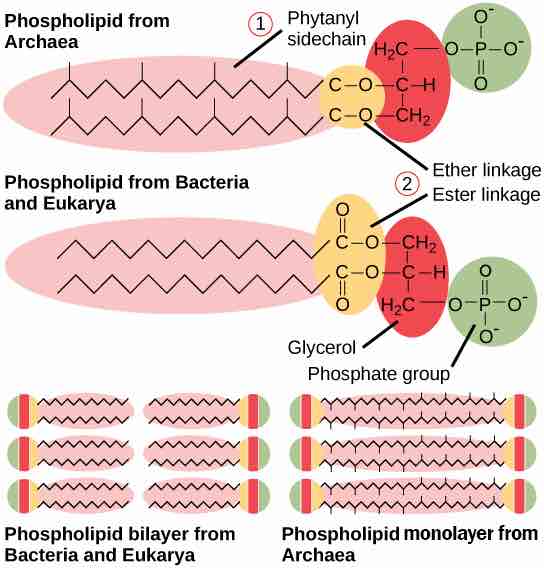
[In this image] Comparison of plasma membrane lipid between Bacteria, Eukarya, and Archaea.
Image source: openstax
Another unique feature of the archaeal membrane is that it is composed of glycerol-ether lipids, whereas bacteria and eukaryotes have membranes composed mainly of glycerol-ester lipids.
Nucleoid and Plasmids
Like bacteria, archaeal chromosomal DNA is in a long, circular form. It occupies an irregularly shaped area in the center of the cell. We refer to this nucleus-like (but no nuclear membrane) region as the nucleoid.
Archaea also have extra circles of genetic materials called plasmids. Plasmids are much smaller than chromosomal DNA, and one cell could have many copies of plasmids. Plasmids often contain genes that give the cell some advantage over others. Plasmids were found to shuttle between archaeal cells.
Archaella and Pili
Archaeal flagella are known as archaella (singular: archaellum), which operate like bacterial flagella and use to propel cells by rotation.
Some archaea also have pili as bacteria do. These hair-like structures can help cells attachment to surfaces.
Ribosomes
Ribosomes are where proteins are made. Archaea have ribosomes of similar size as bacterial ribosomes. However, their rRNA sequences are very different, which provided scientists with conclusive evidence to argue that archaea deserved a domain separate from the bacteria. In addition, archaeal ribosomes have a different shape than bacterial ribosomes, with proteins unique to archaea. This provides them with resistance to antibiotics that inhibit ribosomal function in bacteria.
Cannulae
Cannulae is a structure unique to some marine archaea. These hollow tube-like structures appear to connect cells after division, eventually leading to a dense network composed of numerous cells and tubes. This could serve as a means of anchoring a community of cells to a surface.
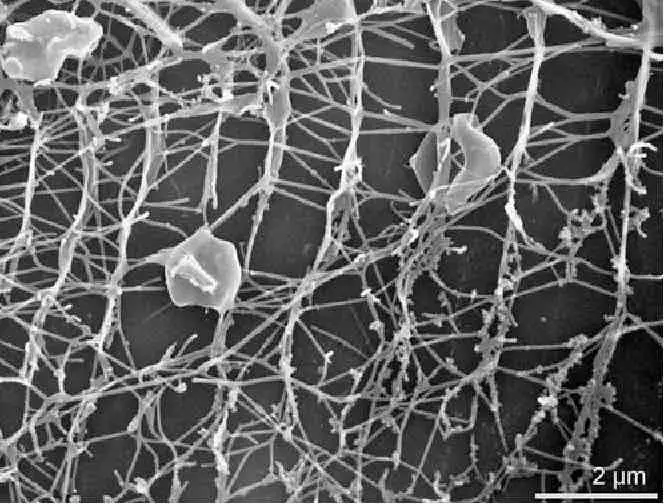
[In this image] Pyrodictium abyssi, disk-shaped archaeal cells, within a web of matrix made up of hollow tubules, the cannulae (Latin: “little reeds”). These cannulae can withstand temperatures up to 135°C.
Image source: Semantic scholar
Hamus
Hamus (plural: hami) is another structure unique to archaea. Hamus is a long helical tube with three hooks at the far end. Hami allow cells to attach both to one another and to surfaces, encouraging the formation of a community.
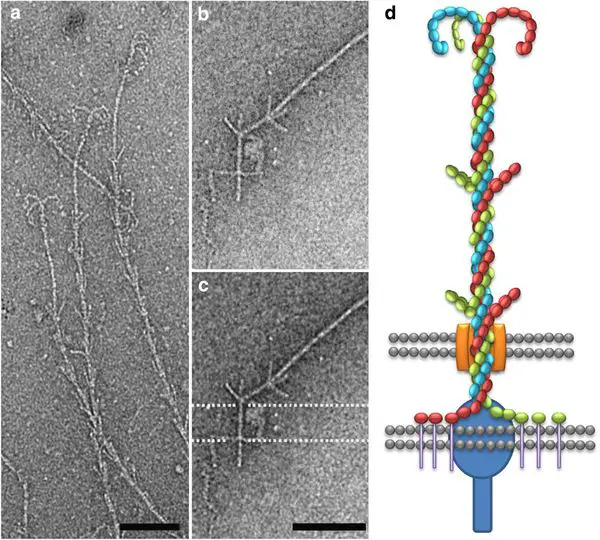
[In this image] Electron micrograph (left, a-c) and model (right, d) of Archaea hamus. Each hamus consists of a long filament decorated by strands that give it the appearance of barbed wire, terminating in a structure that looks like a Ninja grappling hook.
Image source: Small Things Considered
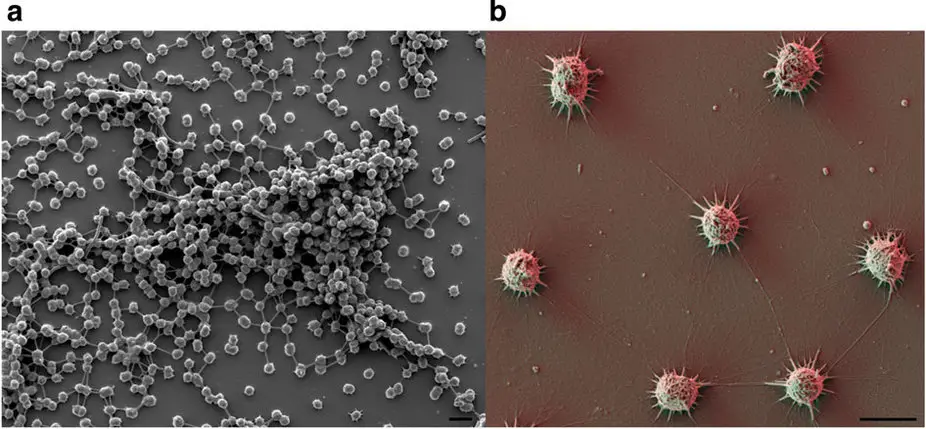
[In this image] Electron micrograph of Altiarchaeales biofilm (a mass of bacteria or archaea). Cells connect to each other by tube-like appendages called hami. (A) overview, (B) closer view.
Image source: Microbe Wiki
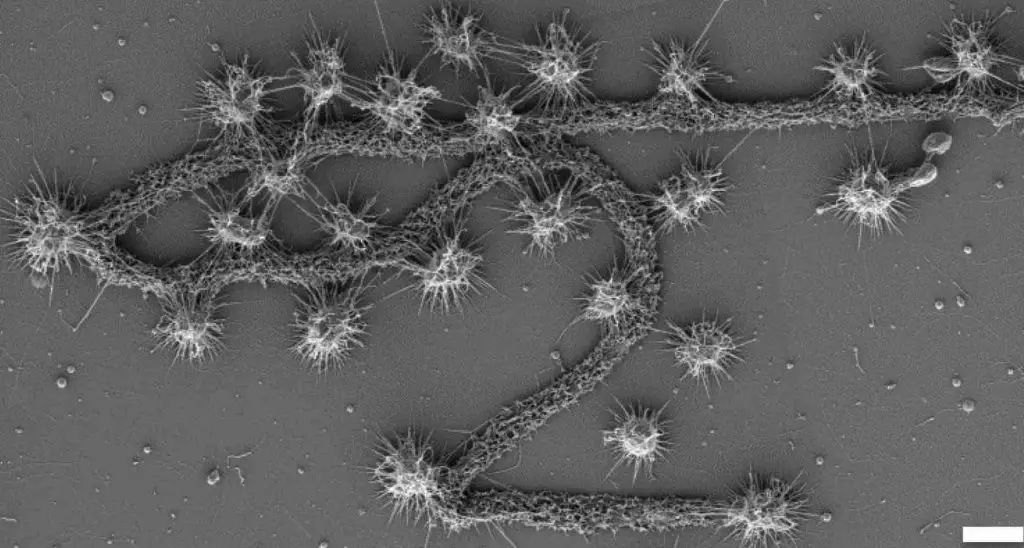
[In this image] Electron micrograph showing a filamentous bacterium surrounded by euryarchaeal cells with many hami.
Image source: Probst AJ., et. al., PLoS One, 2014
How do archaea obtain energy and live?
Archaea can use many sources of energy. They can be classified into three nutritional groups
- Phototrophs – Archaea use sunlight as a source of energy. However, they do not generate oxygen through photosynthesis as plant cells do.
- Chemotrophs – Archaea obtain energy from inorganic compounds such as sulfur or ammonia. They harvest energy from redox chemical reactions.
- Organotrophs – Archaea obtain energy from breaking down organic materials.
Some archaea, called methanogens, produce methane as a result of metabolism. These archaea live in anaerobic environments, such as swamps, and could be very similar to the first free-living organism that evolved on Earth.
Reproduction of archaea
Archaea reproduce asexually by binary fission, fragmentation, or budding. Their DNA replicates and split into two daughter cells. No archaea were found to make spores.
Archaea and us
Are archaea harmful?
So far, there is no known disease associated with the pathogenicity of archaea. This could be the reason if you have never heard of archaea. Most archaea are known to be beneficial rather than harmful to human health. Archaea are parts of healthy microorganisms living in our bodies (called the human microbiome). They may be important for reducing skin pH, and lower pH is associated with lower susceptibility to infections. Archaea are also abundant in our gut and mouth.
Archaea are important parts of our ecosystem
Archaea have traditionally been ignored regarding their environmental roles compared to bacteria. This is so wrong! In fact, archaea are particularly numerous in the oceans, and the archaea in plankton may be one of the most abundant groups of organisms on the planet.
Since archaea live almost everywhere, this geographical diversity permits them to play multiple ecological roles. They are essential in carbon fixation, nitrogen cycling, and organic compound turnover (like ammonia). Without archaea, the balance of the chemical cycling of Earth’s ecosystem could fail.
Significance in industry and biotechnology
Archaea are parts of the modem industry as well. For example, methanogens have been used in biogas production and sewage treatment. For mining, some acidophilic archaea can extract metals from ores, including gold, cobalt, and copper.
In addition, the enzymes from extremophile archaea play important roles in biotechnology and medical diagnosis. For example, a key component in a PCR (Polymerase chain reaction), DNA polymerase, needs to work over a wide range of temperatures (55 – 95oC). The COVID-19 testing, such as nucleic acid amplification test and RT-PCR test, also require heat-resistant DNA polymerase. Scientists found these enzymes in thermophile archaea, such as Pfu DNA polymerase from Pyrococcus furiosus.
Enzymes from other species of Pyrococcus allow food processing at high temperatures, such as the production of low lactose milk and whey. The same ideas also work in enzymes that are very stable in organic solvents, allowing their use in environmentally friendly processes in green chemistry that synthesize organic compounds.
Summary
1. Archaea are single-celled prokaryotes that do not belong to bacteria.
2. Unique archaea characteristics include their ability to live in extremely harsh environments and obtain energy from a variety of sources.
3. Those archaea that live in extreme habitats such as hot springs and deep-sea vents are called extremophiles.

